-
 Bitcoin
Bitcoin $120400
1.77% -
 Ethereum
Ethereum $3615
7.90% -
 XRP
XRP $3.580
17.84% -
 Tether USDt
Tether USDt $1.001
0.06% -
 BNB
BNB $729.4
1.25% -
 Solana
Solana $179.9
5.04% -
 USDC
USDC $0.0000
0.01% -
 Dogecoin
Dogecoin $0.2311
8.22% -
 TRON
TRON $0.3226
4.04% -
 Cardano
Cardano $0.8490
12.85% -
 Hyperliquid
Hyperliquid $46.45
0.72% -
 Stellar
Stellar $0.4913
8.54% -
 Sui
Sui $4.027
2.00% -
 Chainlink
Chainlink $18.51
11.67% -
 Hedera
Hedera $0.2818
21.51% -
 Avalanche
Avalanche $24.03
7.40% -
 Bitcoin Cash
Bitcoin Cash $508.5
2.90% -
 Shiba Inu
Shiba Inu $0.00001496
3.24% -
 UNUS SED LEO
UNUS SED LEO $8.961
1.83% -
 Toncoin
Toncoin $3.264
3.13% -
 Litecoin
Litecoin $104.6
8.15% -
 Polkadot
Polkadot $4.389
6.11% -
 Uniswap
Uniswap $9.924
10.63% -
 Monero
Monero $337.9
0.49% -
 Pepe
Pepe $0.00001376
2.79% -
 Bitget Token
Bitget Token $4.830
2.46% -
 Ethena USDe
Ethena USDe $1.001
0.05% -
 Dai
Dai $1.000
0.02% -
 Aave
Aave $325.2
1.66% -
 Bittensor
Bittensor $423.7
-0.85%
How do I set the Gas Limit in Trust Wallet?
To optimize transaction costs on Ethereum, learn to set the gas limit in Trust Wallet, ensuring your transactions are processed efficiently without overpaying.
Apr 21, 2025 at 02:35 am
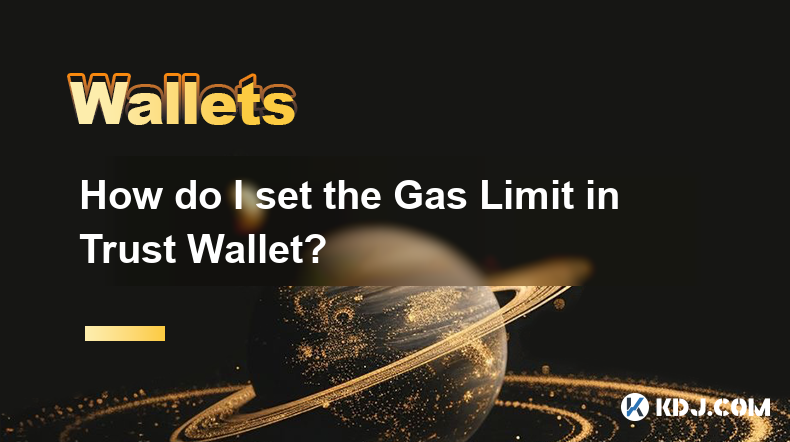
Setting the Gas Limit in Trust Wallet is an essential skill for anyone interacting with Ethereum and other blockchain networks that utilize gas fees. Understanding how to manage and adjust your gas limit can help you optimize transaction costs and ensure your transactions are processed efficiently. In this article, we'll guide you through the process of setting the gas limit in Trust Wallet, explaining what gas limit is, why it's important, and how to adjust it step-by-step.
What is Gas Limit?
Gas limit refers to the maximum amount of gas you are willing to spend on a transaction. Gas is a unit of measurement for the computational effort required to perform operations on the Ethereum network. Each operation has a specific gas cost, and the total gas used by a transaction must not exceed the gas limit you set. If the gas limit is set too low, the transaction may fail, and if set too high, you might pay more than necessary.
Why is Gas Limit Important?
The gas limit is crucial because it directly impacts the cost and success of your transactions. Setting an appropriate gas limit ensures that your transaction has enough gas to be processed without wasting funds. If the gas limit is too low, your transaction might run out of gas and fail, leaving you to resubmit the transaction with a higher gas limit. Conversely, setting the gas limit too high means you might pay more than necessary, as any unused gas is refunded, but the initial cost could be higher than needed.
How to Access the Gas Limit Settings in Trust Wallet
To adjust the gas limit in Trust Wallet, you first need to access the transaction settings. Here's how you can do it:
- Open Trust Wallet: Launch the Trust Wallet app on your mobile device.
- Select the Asset: Navigate to the asset you wish to send or interact with.
- Initiate the Transaction: Tap on "Send" or the specific action you want to perform (like swapping or staking).
- Enter Transaction Details: Input the recipient's address and the amount you want to send.
- Access Advanced Settings: Look for an option labeled "Advanced" or "Gas Settings" and tap on it.
Adjusting the Gas Limit in Trust Wallet
Once you've accessed the advanced settings, you can adjust the gas limit. Here's a detailed guide on how to do it:
- Find the Gas Limit Field: In the advanced settings, you should see fields for "Gas Limit" and "Gas Price."
- Set the Gas Limit: Enter the desired gas limit in the "Gas Limit" field. The default gas limit for a simple transaction is usually around 21,000, but this can vary depending on the complexity of the transaction.
- Review and Confirm: Double-check the gas limit and other transaction details before confirming the transaction. Ensure that the gas limit is sufficient for the transaction to complete successfully.
Tips for Setting the Right Gas Limit
Setting the right gas limit can be tricky, but here are some tips to help you:
- Understand Transaction Complexity: Simple transactions like sending ETH usually require a gas limit of around 21,000. More complex transactions, like interacting with smart contracts, might require a higher gas limit.
- Use Gas Estimators: Some blockchain explorers and wallets offer gas estimators that can help you determine the appropriate gas limit for your transaction.
- Start with a Higher Gas Limit: If you're unsure, it's better to start with a higher gas limit and then adjust downward if necessary. This ensures your transaction doesn't fail due to insufficient gas.
Common Mistakes to Avoid
When setting the gas limit, there are several common mistakes to avoid:
- Setting the Gas Limit Too Low: This can cause your transaction to fail due to insufficient gas. Always ensure the gas limit is high enough to cover the transaction's computational cost.
- Setting the Gas Limit Too High: While this won't cause your transaction to fail, it can lead to unnecessarily high transaction fees. Any unused gas is refunded, but you'll still pay the initial fee based on the set gas limit.
- Ignoring Gas Price: While this article focuses on gas limit, remember that gas price (the amount you're willing to pay per unit of gas) also affects your total transaction cost. Balancing both gas limit and gas price is key to optimizing your transactions.
Frequently Asked Questions
Q: Can I change the gas limit after sending a transaction?
A: No, once a transaction is sent, the gas limit cannot be changed. You must wait for the transaction to be processed or canceled before resubmitting with a different gas limit.
Q: What happens if my transaction runs out of gas?
A: If your transaction runs out of gas, it will fail, and you will lose the gas spent up to that point. The transaction will not be processed, and you'll need to resubmit with a higher gas limit.
Q: Is the gas limit the same for all transactions on the Ethereum network?
A: No, the gas limit varies depending on the type and complexity of the transaction. Simple ETH transfers typically require a lower gas limit than transactions involving smart contracts or more complex operations.
Q: Can I set a custom gas limit for every transaction in Trust Wallet?
A: Yes, Trust Wallet allows you to set a custom gas limit for each transaction. You can access these settings in the advanced options before confirming your transaction.
Disclaimer:info@kdj.com
The information provided is not trading advice. kdj.com does not assume any responsibility for any investments made based on the information provided in this article. Cryptocurrencies are highly volatile and it is highly recommended that you invest with caution after thorough research!
If you believe that the content used on this website infringes your copyright, please contact us immediately (info@kdj.com) and we will delete it promptly.
- Bitcoin, MSTR & Saylor's Strategy: A Winning Trifecta?
- 2025-07-18 08:30:13
- Bitcoin Mortgages Down Under: A New Wave in Australian Homeownership?
- 2025-07-18 08:50:12
- Cryptocurrencies, Bitcoin, and the Next Wave: What's Coming?
- 2025-07-18 08:50:12
- Maharashtra Government Nurses Launch Indefinite Strike: A Healthcare Crisis?
- 2025-07-18 04:30:13
- Hilbert Group, Syntetika, and Tokenization: Bridging DeFi and Institutional Finance
- 2025-07-18 05:30:12
- Crypto Regulation in the US House: Decoding the CLARITY Act and What It Means for You
- 2025-07-18 04:30:13
Related knowledge
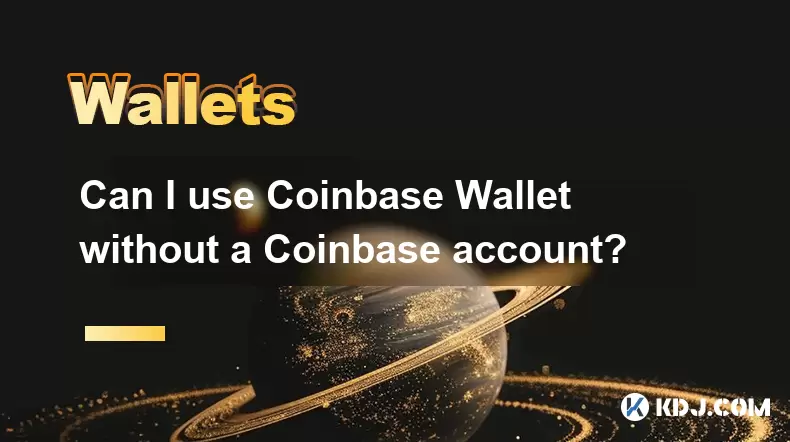
Can I use Coinbase Wallet without a Coinbase account?
Jul 18,2025 at 04:35am
What is Coinbase Wallet?Coinbase Wallet is a self-custodial wallet that allows users to store, send, and receive various cryptocurrencies directly on ...
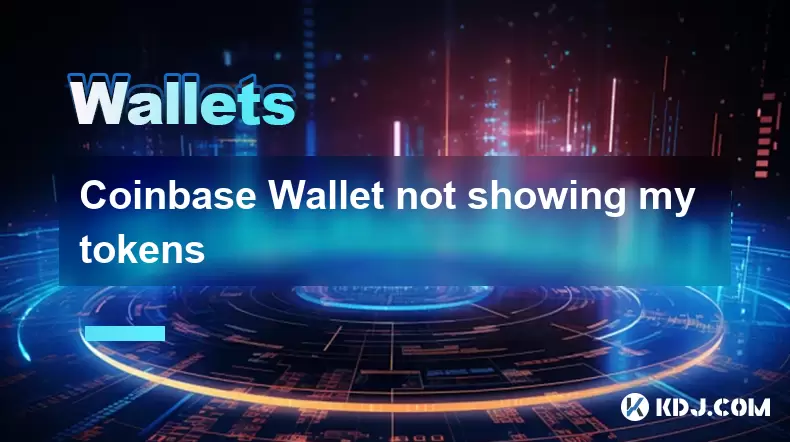
Coinbase Wallet not showing my tokens
Jul 18,2025 at 09:49am
Understanding Coinbase Wallet Token Display IssuesIf you're experiencing issues where Coinbase Wallet not showing my tokens, it can be frustrating, es...

Does Coinbase Wallet have a desktop app?
Jul 18,2025 at 12:08am
Understanding Coinbase Wallet and Its Core FeaturesCoinbase Wallet is a non-custodial cryptocurrency wallet developed by Coinbase, one of the leading ...
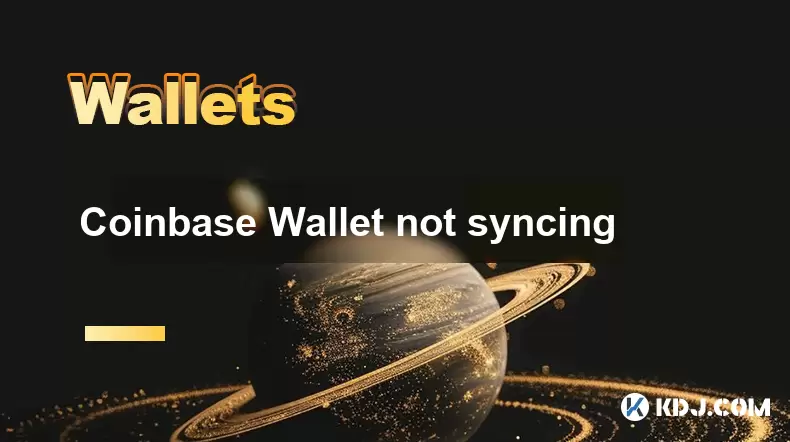
Coinbase Wallet not syncing
Jul 18,2025 at 07:49am
Understanding Coinbase Wallet Syncing IssuesWhen users encounter problems with Coinbase Wallet not syncing, it typically means that the wallet is unab...
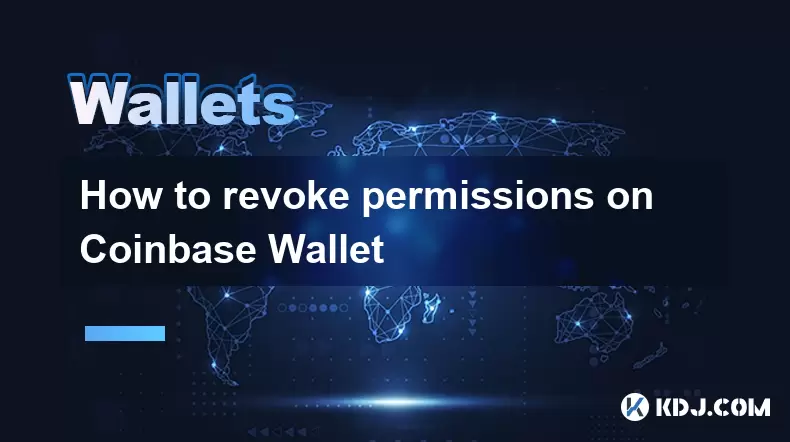
How to revoke permissions on Coinbase Wallet
Jul 18,2025 at 02:00am
What Does It Mean to Revoke Permissions on Coinbase Wallet?In the context of Coinbase Wallet, revoking permissions refers to removing access that dece...
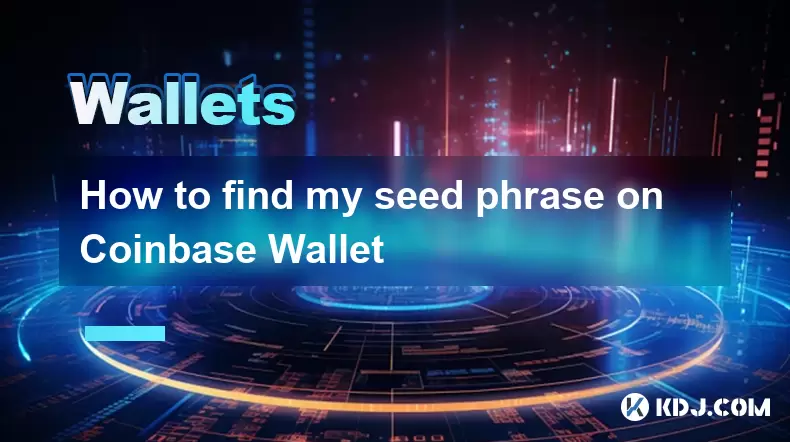
How to find my seed phrase on Coinbase Wallet
Jul 18,2025 at 01:50am
What is a Seed Phrase in Cryptocurrency?A seed phrase, also known as a recovery phrase, is a list of words (usually 12 or 24 words) that serves as a b...

Can I use Coinbase Wallet without a Coinbase account?
Jul 18,2025 at 04:35am
What is Coinbase Wallet?Coinbase Wallet is a self-custodial wallet that allows users to store, send, and receive various cryptocurrencies directly on ...

Coinbase Wallet not showing my tokens
Jul 18,2025 at 09:49am
Understanding Coinbase Wallet Token Display IssuesIf you're experiencing issues where Coinbase Wallet not showing my tokens, it can be frustrating, es...

Does Coinbase Wallet have a desktop app?
Jul 18,2025 at 12:08am
Understanding Coinbase Wallet and Its Core FeaturesCoinbase Wallet is a non-custodial cryptocurrency wallet developed by Coinbase, one of the leading ...

Coinbase Wallet not syncing
Jul 18,2025 at 07:49am
Understanding Coinbase Wallet Syncing IssuesWhen users encounter problems with Coinbase Wallet not syncing, it typically means that the wallet is unab...

How to revoke permissions on Coinbase Wallet
Jul 18,2025 at 02:00am
What Does It Mean to Revoke Permissions on Coinbase Wallet?In the context of Coinbase Wallet, revoking permissions refers to removing access that dece...

How to find my seed phrase on Coinbase Wallet
Jul 18,2025 at 01:50am
What is a Seed Phrase in Cryptocurrency?A seed phrase, also known as a recovery phrase, is a list of words (usually 12 or 24 words) that serves as a b...
See all articles

























































































